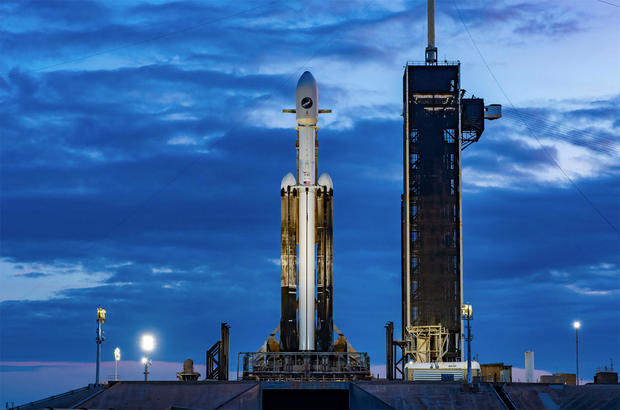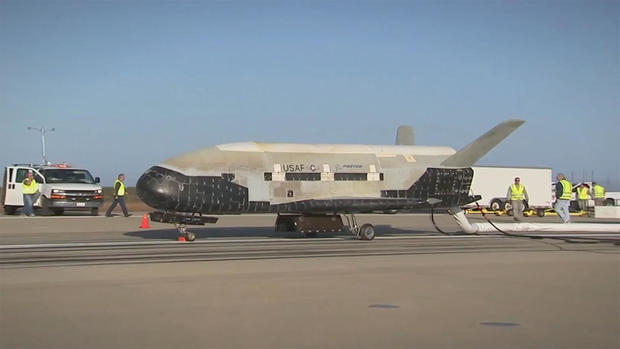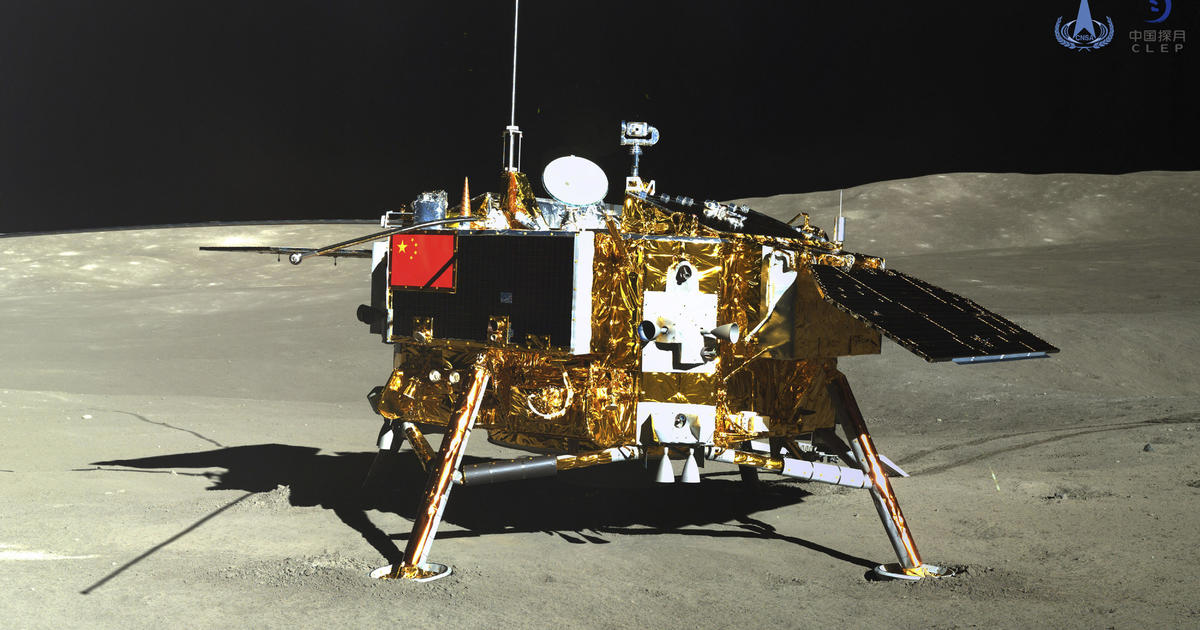SpaceX scrubs back-to-back launches of X-37B spaceplane and 23 Starlinks
SpaceX has abandoned a planned sky-lighting Florida doubleheader Monday, after prepping a powerful Falcon Heavy rocket for launch to put an unpiloted X-37B spaceplane into orbit for the U.S. Space Force with a workhorse Falcon 9 originally scheduled to follow a few hours later carrying 23 Starlink internet satellites.
Trouble with ground equipment forced SpaceX to call off the long-awaited Falcon Heavy flight less than an hour before liftoff, spoiling plans for back-to-back launchings less than three hours apart. At some point during the evening, the company updated its web page to say the Starlink launch had been scrubbed as well.
"Standing down from tonight's Falcon Heavy launch due to a ground side issue," SpaceX posted on X. "Vehicle and payload remain healthy. Team is resetting for the next launch opportunity of the USSF-52 mission, which is no earlier than tomorrow night."
A target launch window was not specified. But SpaceX said its Starlink team was resetting for a launch attempt Tuesday night at 11:02 p.m. EST.
The Falcon Heavy, using a Falcon 9 upper stage, a central reinforced Falcon 9 core stage and two nearly identical strap-on boosters, is the most powerful operational rocket in SpaceX's inventory, capable of generating more than 5 million pounds of thrust at liftoff. It has flown eight times, all successfully.
The X-37B has flown six times, once on a Falcon 9 and five times atop United Launch Alliance Atlas 5 rockets. The current mission is the first aboard a Falcon Heavy.
Two virtually identical X-37B Orbital Test Vehicles, or OTVs, are operated by the Pentagon's Rapid Capabilities Office for the U.S. Space Force. The vehicles are designed to serve as test beds for avionics and advanced sensors, to evaluate reusable spacecraft components and to provide a platform for experiments that can be returned to Earth for analysis.
The Boeing-built X-37B looks like a miniature space shuttle, complete with delta wings, heat shield tiles and a compact payload bay. Unlike NASA's space shuttle, which relied on fuel cells for power in orbit, the X-37B is equipped with an extendable solar array that allows extremely long flights.
The compact orbiters are designed to end their missions with runway landings at Vandenberg Space Force Base in California or the Kennedy Space Center in Florida using a 3-mile-long runway built for the space shuttle.
The most recent flight of an X-37B began with launch atop a United Launch Alliance Atlas 5 rocket on May 17, 2020. It ended Nov. 12, 2022, with touchdown at the Kennedy Space Center after 908 days and 21 hours in space.
Through the program's six previous flights dating back to the first launch in April 2010, the two X-37Bs logged a combined 10.3 years in space. The planned duration of the latest mission has not been announced.





